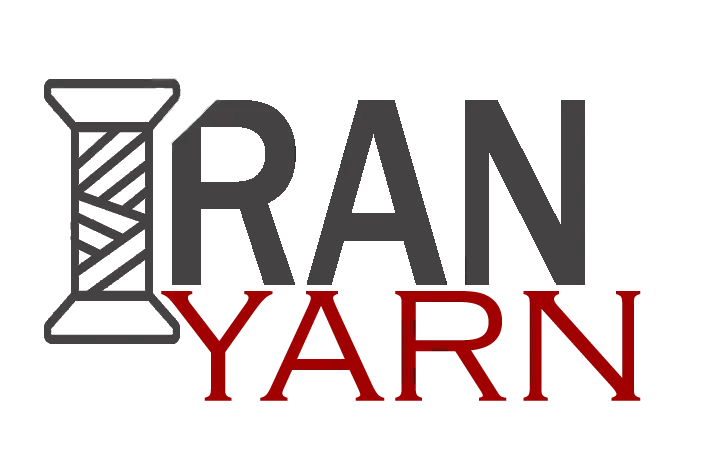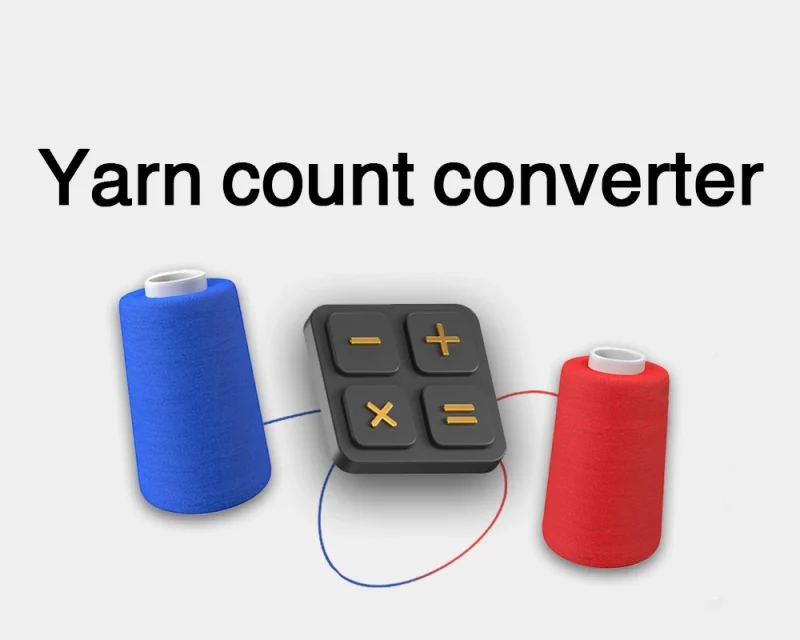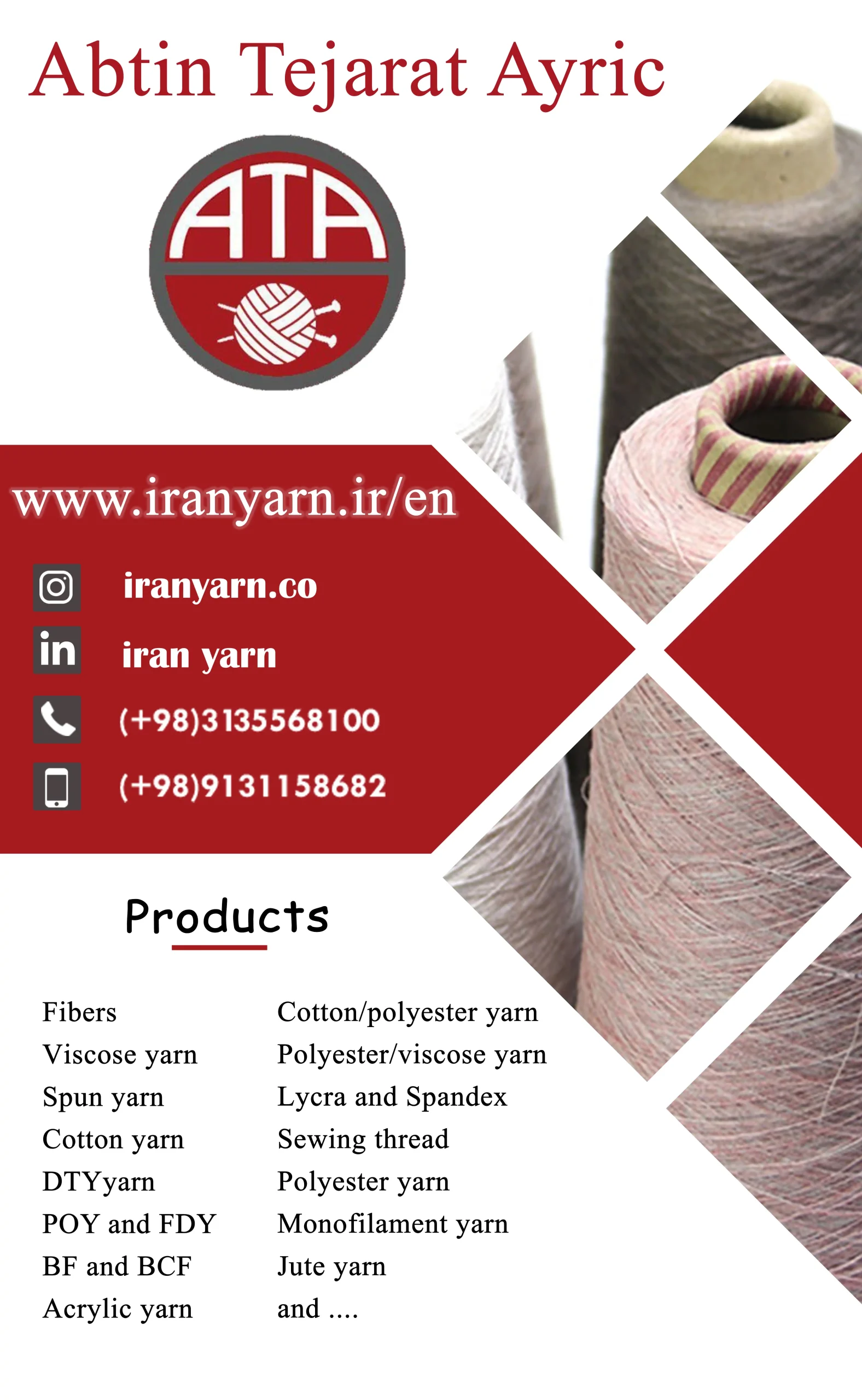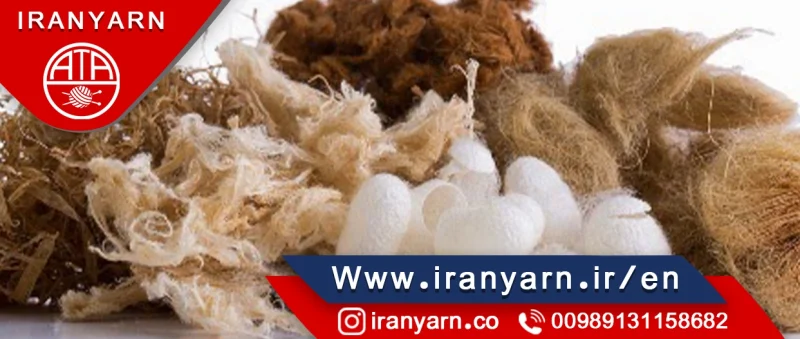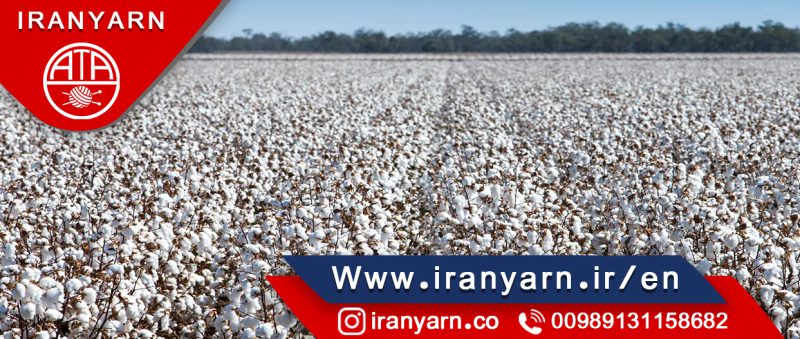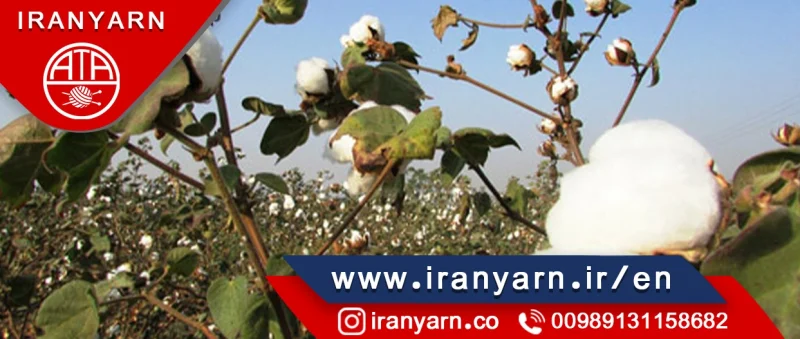Hobbyists, crafters, and people who work in textiles often work with spun yarn. Spun yarn consists of short, staple fibers woven together to create a single yarn to be used in weaving, knitting projects, and clothing manufacturing. Spun yarn is usually very fuzzy, providing the wearer with warmth.
The characteristics of yarn differ depending on the type of material used to create the yarn. Fiber quality, alignment, length, and degree of twist also affect the final product. Spun yarns can be made from nearly any natural fiber, such as mineral fibers, animal fibers, and plant fibers. Synthetic fibers may also be used.
Degrees of twist in yarn indicate which direction the yarn is spun. Yarn can be spun in an S-twist or a Z-twist. Hand-spun, single plies of yarn are traditionally done so with a Z-twist, while the S-twist is reserved for plying yarn. The tightness of a twist is measured in terms of twists per inch, or turns per inch(TPI).
Thicker yarns can be spun by twisting or plying two or more yarns together. A single type of fiber can be used to create a thicker yarn, as well as multiple blends of various fibers. One common way to spin yarn is to combine both synthetic and natural fibers. This allows the water absorbency and aesthetic appeal of natural fibers to include the luster, fire retardant capabilities, and strength of synthetically created fibers. The most common types of yarn created using this method include cotton-polyester and wool-acrylic blends.
People use spun yarn for a variety of different creations. Sewing, rope-making, weaving, crocheting, embroidery, and knitting all make use of yarn. Thread itself, embroidery and otherwise, is a type of yarn created for hand and machine sewing. Spun yarn is available in nearly as many colors as can be requested.
Though choices in undyed yarns are more limited, dyed types of yarn, colored with both natural and artificial dyes, are created in a rainbow of colors. While most yarns consist of a single color, many different variations are available as well. Some yarns, such as tweed and heather, have color flecks within the fiber. Multi-colored yarns feature two or more colors, while ombre yarns have a monochromatic pattern consisting of one color with lighter and darker variations of itself.
Twisting and bonding yarns together to form stronger fibers in a cohesive, single piece dates back to the Upper Paleolithic period. Yarn spinning was one of the first processes that humans industrialized. Originally executed by using simple tools, such as the distaff and spindle, spinning yarn was made easier during the Middle Ages with the invention of the spinning wheel. Though spinning became mass-produced during the Industrial Revolution, hand-spinning is still a favorite pastime for many hobbyists.
>
